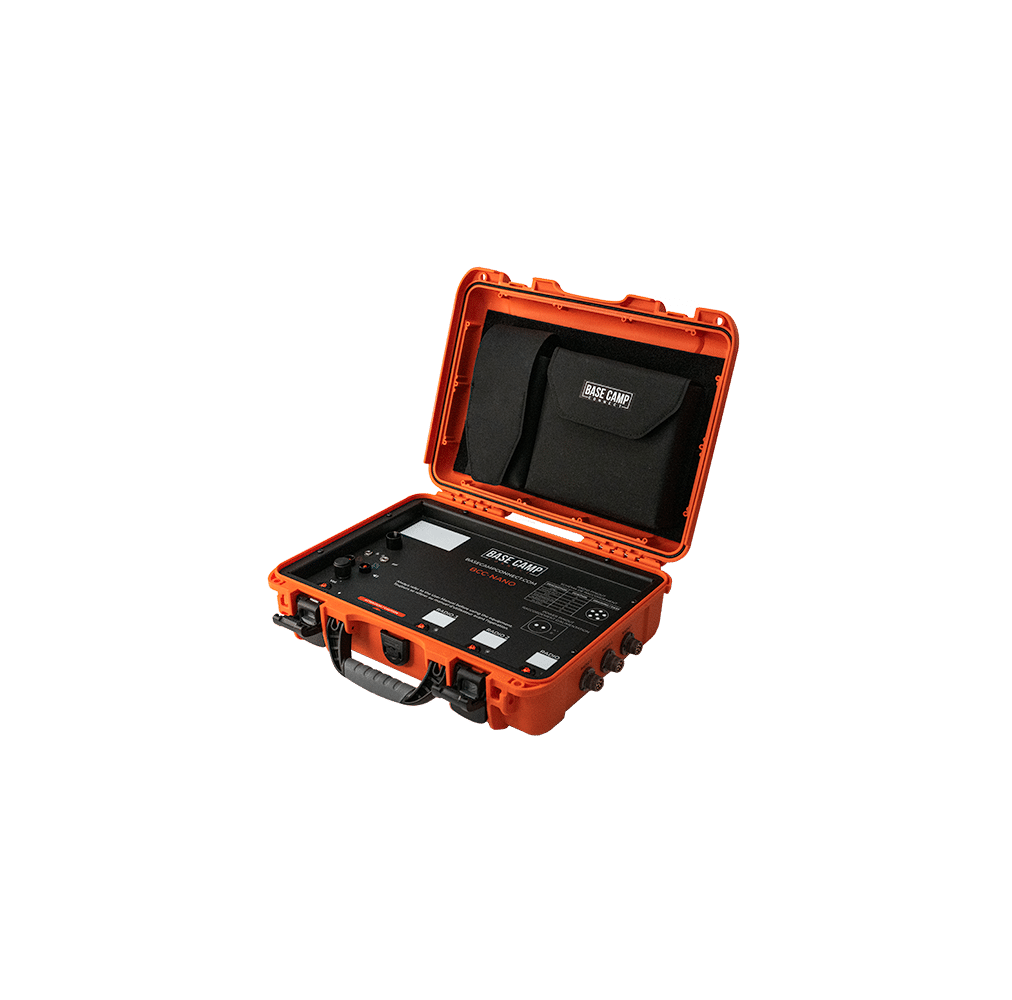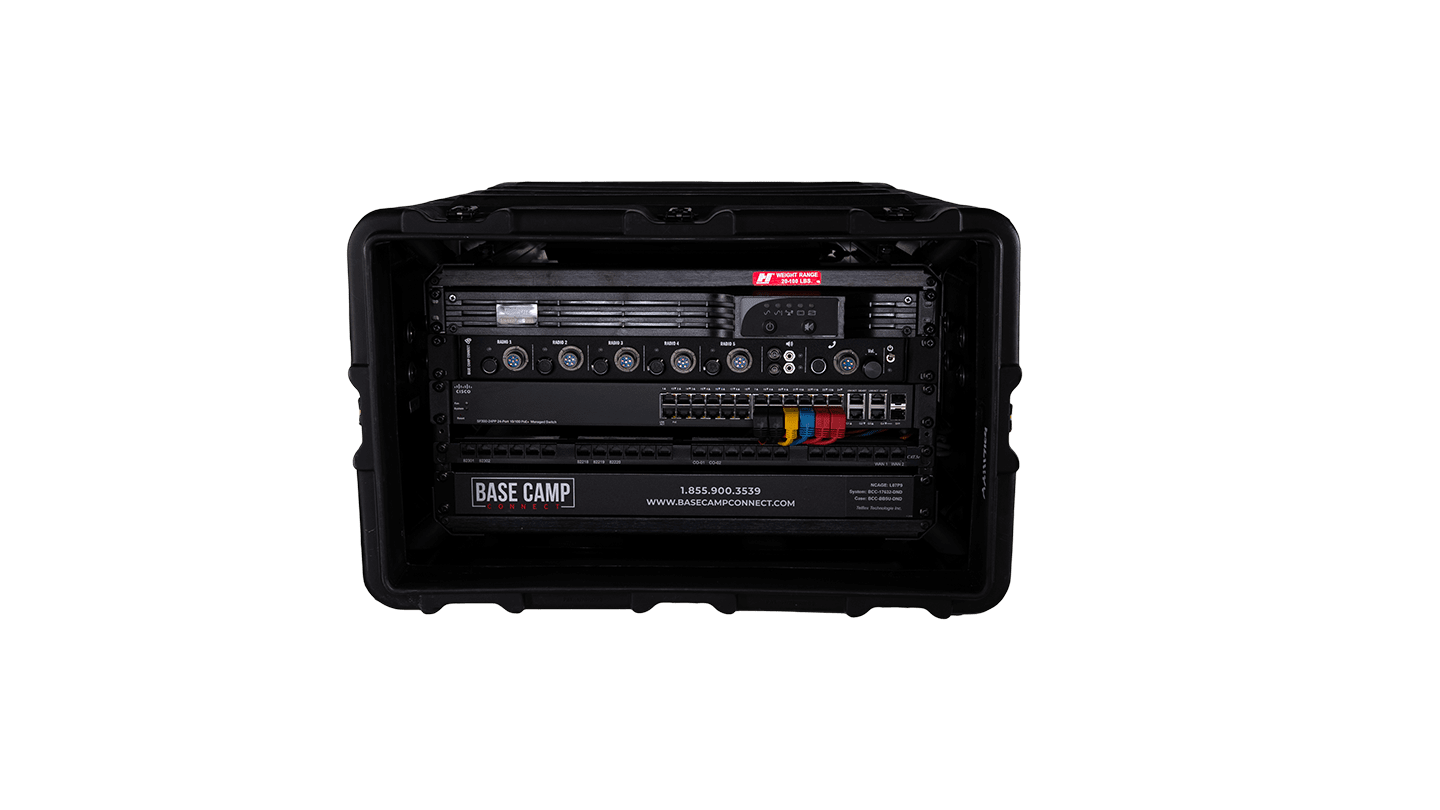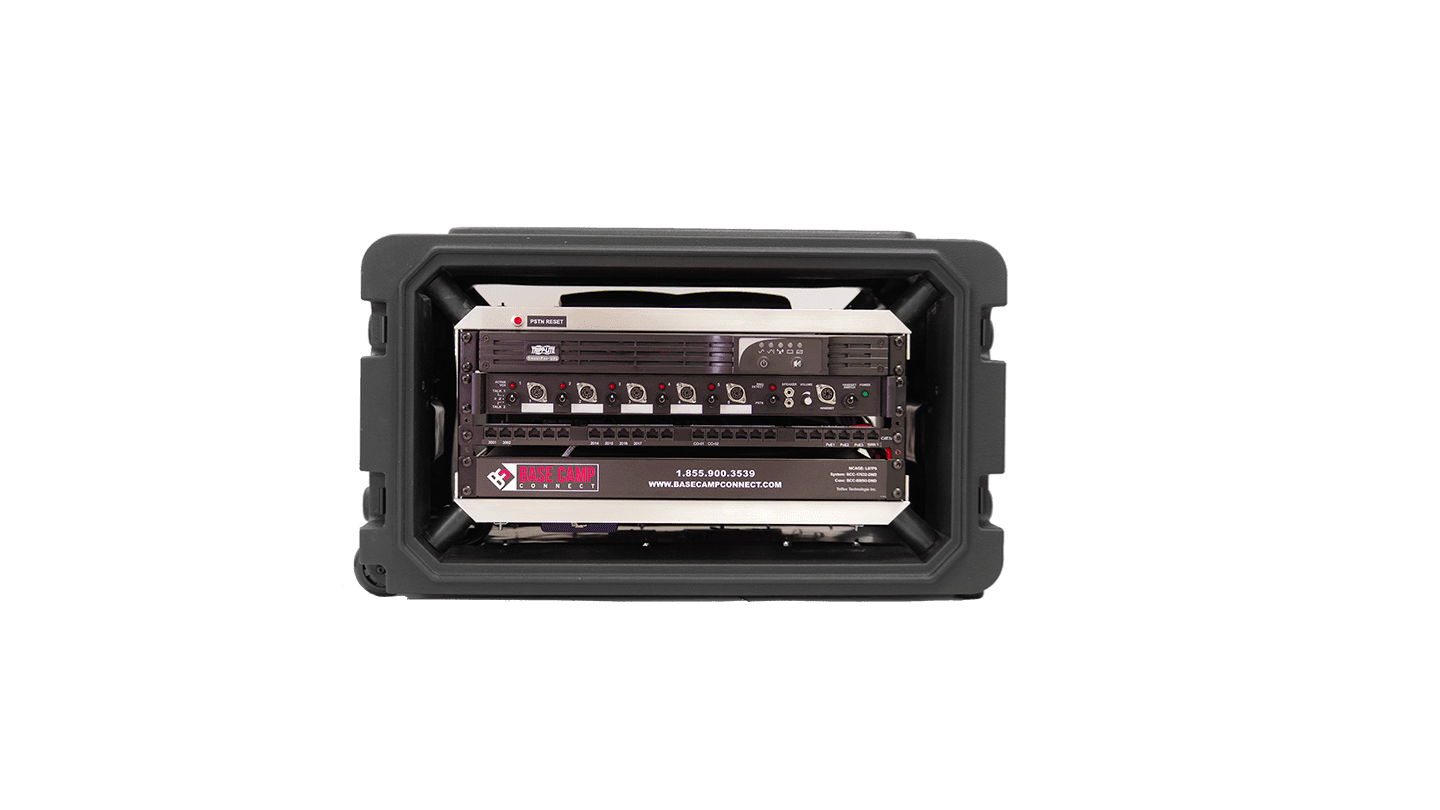Like most aspects of public safety and emergency management, we are usually better off taking the time to be prepared. This is certainly the case with communications. Quite often we see ‘communications’ identified as an area for improvement in after-action reports (AARs) after incidents, events, and exercises. With diligent preparedness, communications can be listed as a strength.
When talking about preparedness, I often refer to the POETE model. POETE stands for Planning, Organizing, Equipping, Training, and Exercising.
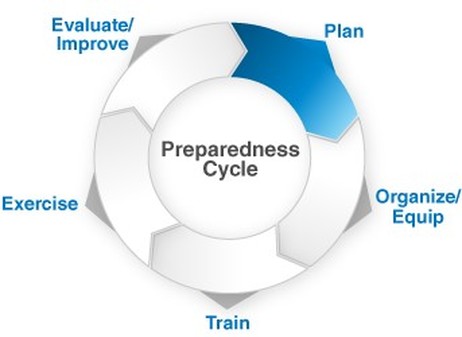
If you’ve given proper consideration to each of these preparedness elements, you are likely to see success. So before you rush out to buy some radios and hope for the best, spend some time on preparedness.
Planning: All good planning starts with an assessment. Consider what your communications needs are, both now and in the future. Are you looking to only accomplish voice communication or will data be used as well? If you expect to use data, what will it be used for? How many communications devices do you expect to be in use? What is the topography of your area? Is this for a single agency or multiple agencies? Is there an expectation to integrate with outside radio networks? All reputable communications companies should be able to help you with a detailed assessment.
In your planning, consider worse-case scenarios such as high volume use or tower failure. Examine after-action reports and identify the reasons behind communications needing improvement. The deeper you dig, the more you will know.
Following this assessment, policy, plans, and procedures should be put into place. Plans should document how the communications system will be used internally and how it will integrate externally. Procedures should be developed to aid users in all activities from the routine to the rare. Interoperability, a big word in communications, should be considered first and foremost in planning.
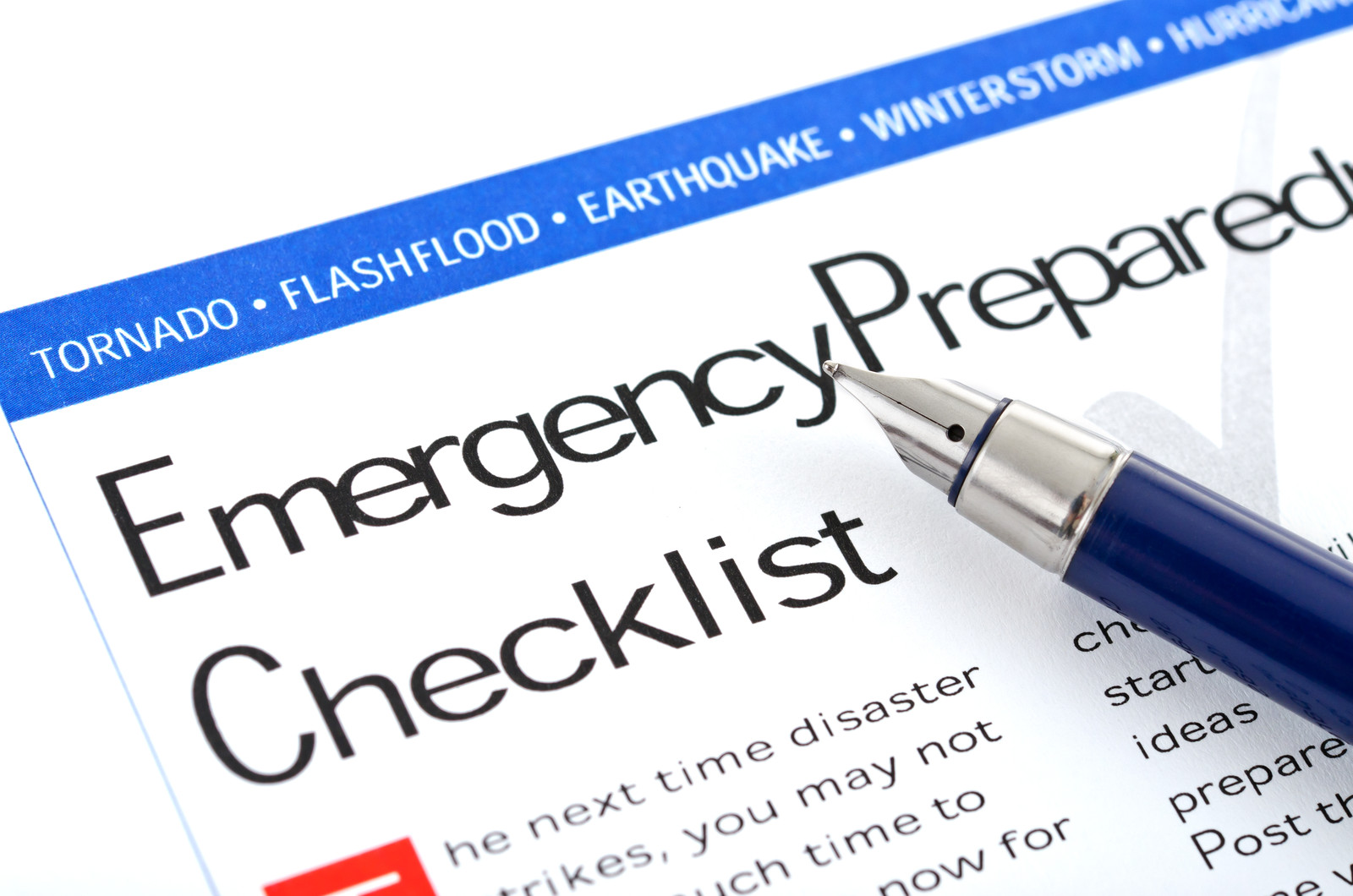
Organizing: Organizing is a human element of preparedness. Who will be responsible for maintaining the communications system? Who will have access rights for programming the system? Is there a liaison who will interface with outside systems? Interoperability – yes, here, too. Interoperability is foundationally a human issue. It all comes down to who you are willing to interface with and if they are open to having an interoperable system with you.
Equipping: Your assessment, especially if performed by a reputable communications company, is likely to come with recommendations on what kind of equipment will meet the needs and overcome the challenges identified in the assessment. Take your time to consider what is right for you, meeting current needs as well as potential future needs. Always consider growth and maintenance as a need as well. Consider needs for base units, vehicle-mounted units, and portable units, as well as integration with technology, such as mobile data terminals. Much of the implementation of interoperability is in equipment. Many systems won’t do it organically, so add-on systems may be required, such as Base Camp Connect.
Training: Start training early – even before the new system is implemented. Keeping people informed goes a long way, so be sure to brief all stakeholders, internally and externally, on the planned implementation of the new system. Just before the new system goes live, conduct hands-on training relevant to the users and different user types – not everyone will need the same training. Having a representative of the communications company conduct the training is highly recommended, as they know the equipment better than most. Consider providing job aids, especially for more advanced functionality. We often take for granted the ease of push-to-talk, but there are often many other features on communications systems that users should be oriented to. Don’t let the training end here. A short while into implementation, bring users together, perhaps again with a communications company representative, to ensure things are going smoothly. Of course, having a training plan in place for new users in the future is extremely important.
Exercise: Periodic communications exercises are always a good idea. These can range from policy-level discussions on the communications plan through a tabletop exercise, to focused drills, or up to larger functional and full-scale exercises. Exercises ensure that policies, plans, and procedures are valid and help to maintain the skills of users. Communication is something we do so often, take advantage of opportunities to evaluate it as part of larger exercises and planned events as well.
A little bit of preparedness can go a long way. A little more preparedness will gain even better results. As technology advances, communications systems can do more for us, but only if we venture into it properly prepared. Communication systems are an investment, preparedness will help you reap the benefits of that investment.




